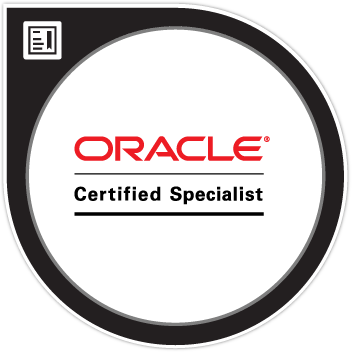Centos无盘工作站安装配置
一、新建目录
Mkdir -p /diskless/x86_64/centos5.2/root
Mkdir /diskless/x86_64/centos5.2/snapshot
二、拷贝模板到/diskless/x86_64/centos5.2/root目录
rsync -auv -e ssh –delete –exclude=’/proc/*’ –exclude=’/sys/*’ –exclude=’/tmp/*’–exclude=’/var/log/*’ root@10.0.70
三、配置tftp服务
Yum -y install tftp tftp-server
Yum -y install busybox
Vi /etc/xinetd/tftp
Diskable=no
Chkconfig –level 345 xinetd on
Chkconfig –level 345 tftp on
Service xinetd start
四、配置dhcp服务
Yum -y install dhcp-server
Chkconfig –level 345 dhcpd on
Vi /etc/dhcpd.conf
allow booting;
allow bootp;
class “pxeclients” {
match if substring(option vendor-class-identifier, 0, 9) = “PXEClient”;
next-server <server-ip>;
filename “linux-install/pxelinux.0”;
}
Service dhcpd start
五、配置nfs服务
Yum -y install portmap nfs
Vi /etc/exports
/diskless/x86_64/centos5.2/root *(ro,sync,no_root_squash)
/diskless/x86_64/centos5.2/snapshot/ *(rw,sync,no_root_squash)
Service portmap start
Service nfs start
六、配置无盘环境
If starting the Network Booting Tool for the first time, select Diskless from the First Time Druid. Otherwise, select Configure => Diskless from the pull-down menu, and then click Add.
A wizard appears to step you through the process:
1、Click Forward on the first page.
2、On the Diskless Identifier page, enter a Name and Description for the diskless environment. Click Forward.
3、Enter the IP address or domain name of the NFS server configured in Section 4.3 Configuring the NFS Server as well as the directory exported as the diskless environment. Click Forward.
4、The kernel versions installed in the diskless environment are listed. Select the kernel version to boot on the diskless system.
5、Click Apply to finish the configuration.
七、添加工作站
1、Hostname or IP Address/Subnet – Specify the hostname or IP address of a system to add it as a host for the diskless environment. Enter a subnet to specify a group of systems.
2、Operating System – Select the diskless environment for the host or subnet of hosts.
3、Serial Console – Select this checkbox to perform a serial installation.
4、Snapshot name – Provide a subdirectory name to be used to store all of the read/write content for the host.
5、Ethernet – Select the Ethernet device on the host to use to mount the diskless environment. If the host only has one Ethernet card, select eth0.

